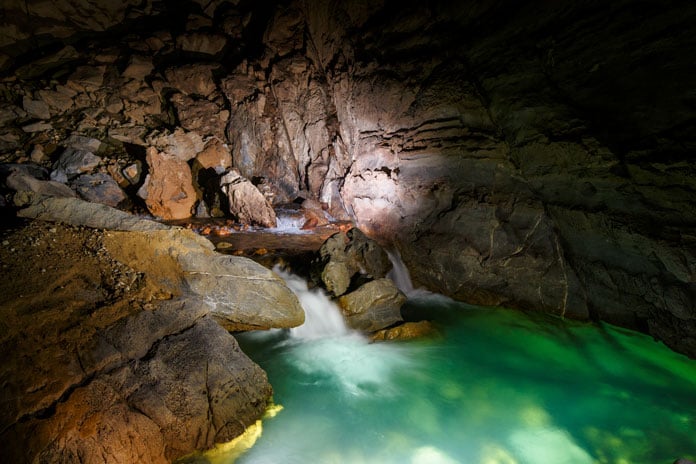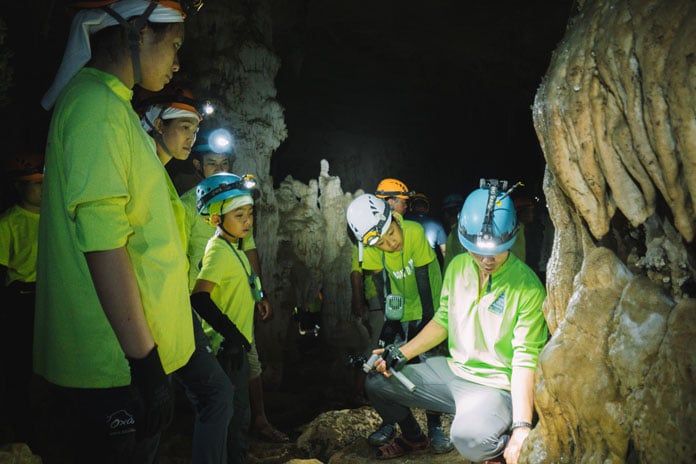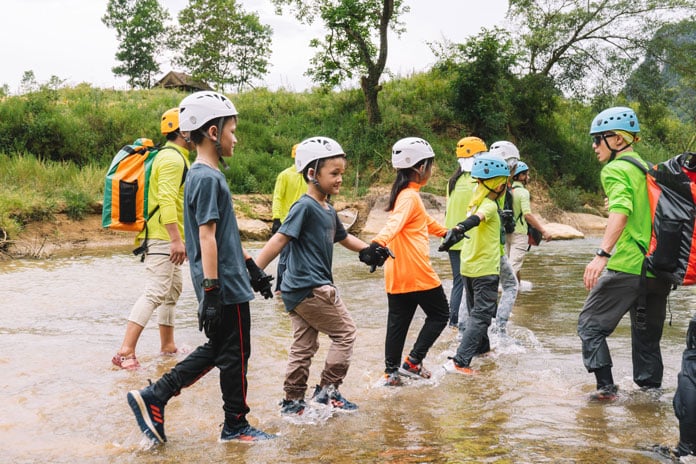Valleys in Tan Hoa
Tu Lan primeval forest covers an area of more than 650 hectares with many limestone mountains in Tan Hoa Commune, Minh Hoa District to Cao Quang, Tuyen Hoa District. It is 70 km from Phong Nha – Ke Bang National Park to the northwest of Quang Binh Province, along the legendary Ho Chi Minh Trail.
This forest area covers 9 valleys (Hung Ton, La Ken, To Mo, Hung Dung, Hung Run, Tu Lan, Hang Tien, Hung Nhai and Hung Bop), connected by underground rivers and cave systems.
“Hung” originally means valley. Each valley in Tan Hoa has different characteristics and sceneries, some are wild, and others are majestic or quiet.
How do the valleys form?
The mountain ranges were formed by uplifting of the limestone beds. Rivers and streams have eroded the landscape forming valleys.
The valleys are connected by the Nan River which flows from Tan Hoa, passing beneath several mountains via the caves then disappearing underground for a few kilometers until resurging in Cao Quang Commune, Tuyen Hoa District.
The Nan River divides into two branches at Tan Hoa; one flows towards Tu Lan Valley, forming a series of caves: Soong, Hung Ton, Kim and Tu Lan, whilst the other goes underground to La Ken Valley then through Hung Dung, Hung Run and Hung Nhai Valley. Caves such as Rat, Ken, Bat and Uy have been formed. Some valleys were chosen by Oxalis to create campsites for adventure tours.
Hung Ton Valley
The closest valley to Tan Hoa, Hung Ton Valley is reached by crossing the ‘baby hill’ just where the Nan River sinks underground, reappearing at Hung Ton Valley and continuing to Hung Ton Cave.
Hung Ton is slang, originally means the valley of porcupines. According to local people, many porcupines lived here in the past, but due to environmental changes, they have migrated to other places.
This valley is surrounded by fairly high limestone ridges that are more than 350 million years old. Fossils found in Hung Ton Cave attest to this. The landscape is stunning with green grasslands.
As an impressive starting point for most tours, Hung Ton Valley leads you into the forest where visitors will explore further into the Tu Lan Cave System.
To Mo Valley
Despite being small, this valley is stunningly beautiful. The river enters via a small waterfall from Hung Ton Cave and creates a beautiful lake with a sandy beach before disappearing into Kim Cave. This is one of the best campsites for exploring the Tu Lan Cave System. This with its majestic natural landscape was also the main filming location for the movie "The Immortal", directed by Victor Vu.
Tu Lan Valley
This is a large valley formed by two branches of the Nan river: one from Hung Ton, through To Mo and Kim Cave; and another from La Ken Valley, through Ken Cave and joining in Tu Lan Valley before disappearing into Tu Lan Cave. Similar to the others, this valley is surrounded by fairly high limestone mountains, but the valley is much larger.
The local people named this valley Tu Lan Valley, so the cave takes its name from the valley.
It is a great location with beautiful scenery and the best river caves (Ken, Kim and Tu Lan). One of the highlights is the waterfall and natural pool at the camp right next to Ken Cave.
Besides the stunning scenery such as the waterfall at Ken cave or the misty dawns, visitors can also enjoy swimming at the waterfall (under guide and safety assistant’s supervision).
There are 2 separate campsites in this valley, serving Tu Lan Encounter (TL2), Wild Tu Lan Explorer (TL3) and Tu Lan Expedition (TL4).
Laken Valley
In order to reach the Tu Lan Valley, one branch of the Nan River flows under the mountains about 100 meters away from Rat Cave, it then appears at La Ken Valley, which divides again into two smaller branches and sinks into Ken Cave. La Ken is one of the biggest valleys in Tan Hoa forest with a fairly flat topography. Here, visitors will see wide open grasslands with many birds and butterflies.
The La Ken Valley is also surrounded by sharp limestone ridges.
Oxalis has a winter campsite (used in winter only) for the Tu Lan Expedition (TL4) and Hang Tien Exploration (HT3) right next to the mountain passing from La Ken Valley and Hung Dung. The La Ken campsite is very peaceful with flat terrain and thick forest containing some tall trees. It is a favorable environment for birds, squirrels, or monkeys...
Hung Dung, Hung Run and Hung Nhai Valleys
A river branch from La Ken flows underground to Hung Dung Valley, running along this and sinking at a mountain before Hung Run Valley then appearing again at Bat Cave, heading to Hung Nhai valley.
Originally, Run means navel. Hung Run is a small valley in the middle of a large jungle, likened to "a belly button". There is a shallow stream with rocky terrains along this valley.
Hung Nhai is the closest valley to Cao Quang Commune. It is a large, long and flat valley surrounded by limestone mountains with the river from Hung Run emerging through Bat Cave. So the only way out of the valley is over a steep hill. Tours passing through these valleys are Tu Lan Expedition (TL4) and Hang Tien Exploration (HT3).
In Hung Dung Valley, Oxalis designed a campsite for Tu Lan Expedition (TL4) and Hang Tien Exploration (HT3) for the summer months, with some interesting activities such as swimming and SUP.
Hang Tien Valley
Being one of the widest valleys in Tu Lan, with a large river emerging below a small rocky cliff, this valley is the location for two campsites. The area is spacious with fairly flat sandy terrain. The campsites are visited by visitors of Tu Lan Expedition (TL4), Hang Tien Exploration (HT3) and Hang Tien Endeavor (HT2).
Hang Tien valley is spacious with diverse scenery and the Nan River winding through it. Notably, there is a natural “infinity swimming pool” formed right next to the campsite with cool water flowing out at all times of the year.
Camping here, visitors can enjoy the sunset, sunrise or the whole Milky Way at night.
Hung Bop Valley
Hung Bop is a narrow valley, located on the trekking route of Tu Lan Exploration (TL4), Hang Tien Exploration (HT3) and Hang Tien Endeavor (HT2). This valley is among fairly high limestone mountains with a mixed terrain of rock and soil. There are only small intermittent springs here. To reach this valley, visitors need to trek through a primeval forest.
Climate and weather in Tu Lan
In general, the weather in Tu Lan is quite stable. The valleys here are surrounded by limestone mountains or close to caves. Therefore, the summer is not too hot and the winter is quite warm. You can find out more information about the weather in Tu Lan here.
Important notes
All campsites are set up near streams in locations that are rarely flooded or easy for an evacuation. In addition, Oxalis has backup campsites and other routes in case of extreme weather.
Guests are required to comply with safety regulations at the campsite to ensure their safety as well as Oxalis’ employees. You can refer to the risks and preventions here.
The Oxalis Experience.
Whether you prefer long treks, camping in a cave, sleeping under the stars in the jungle, swimming underground in river caves, explore the huge dry caves or just taking an exploratory day trip, Oxalis Adventure Tours can provide the right amount of adventure just for you.



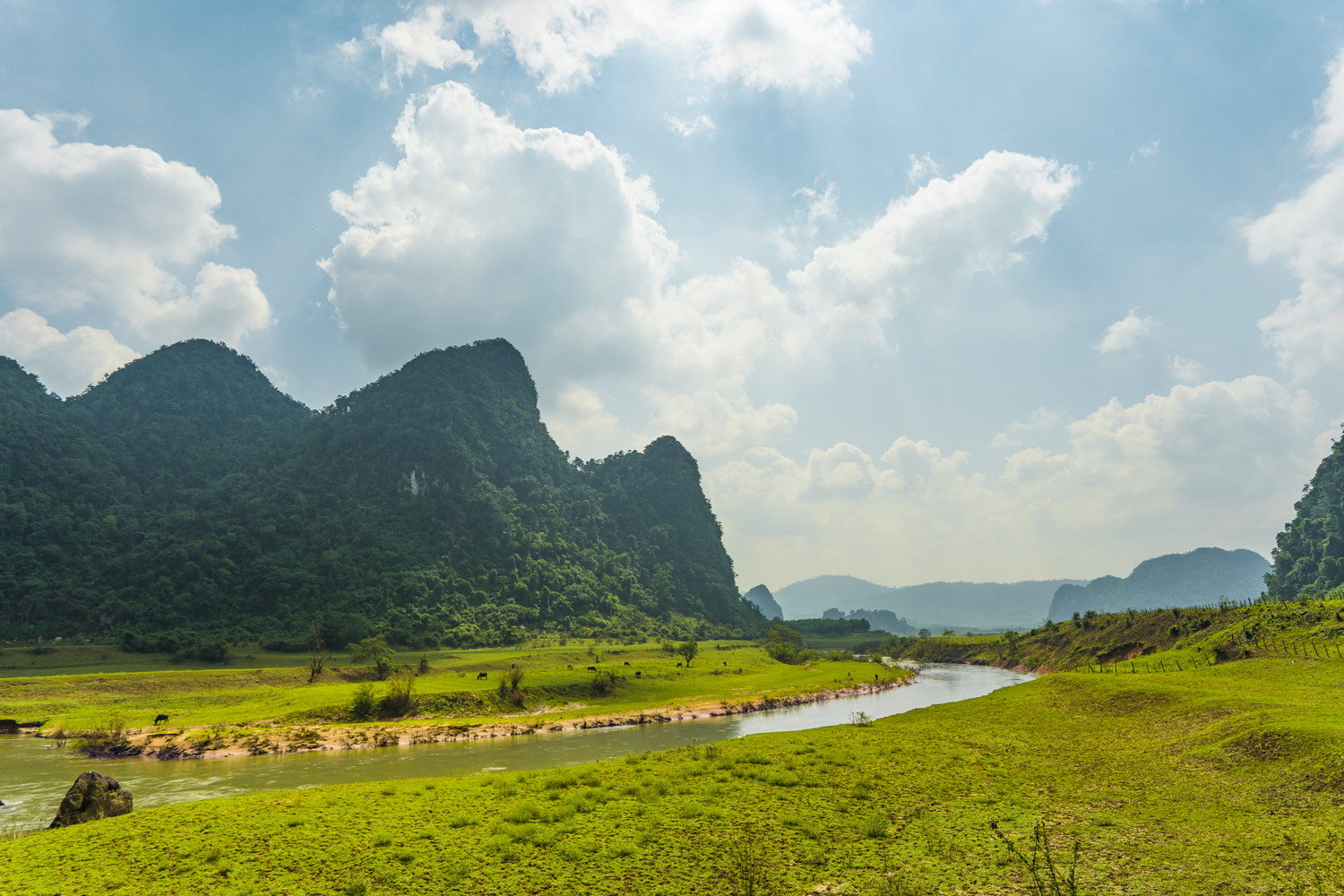
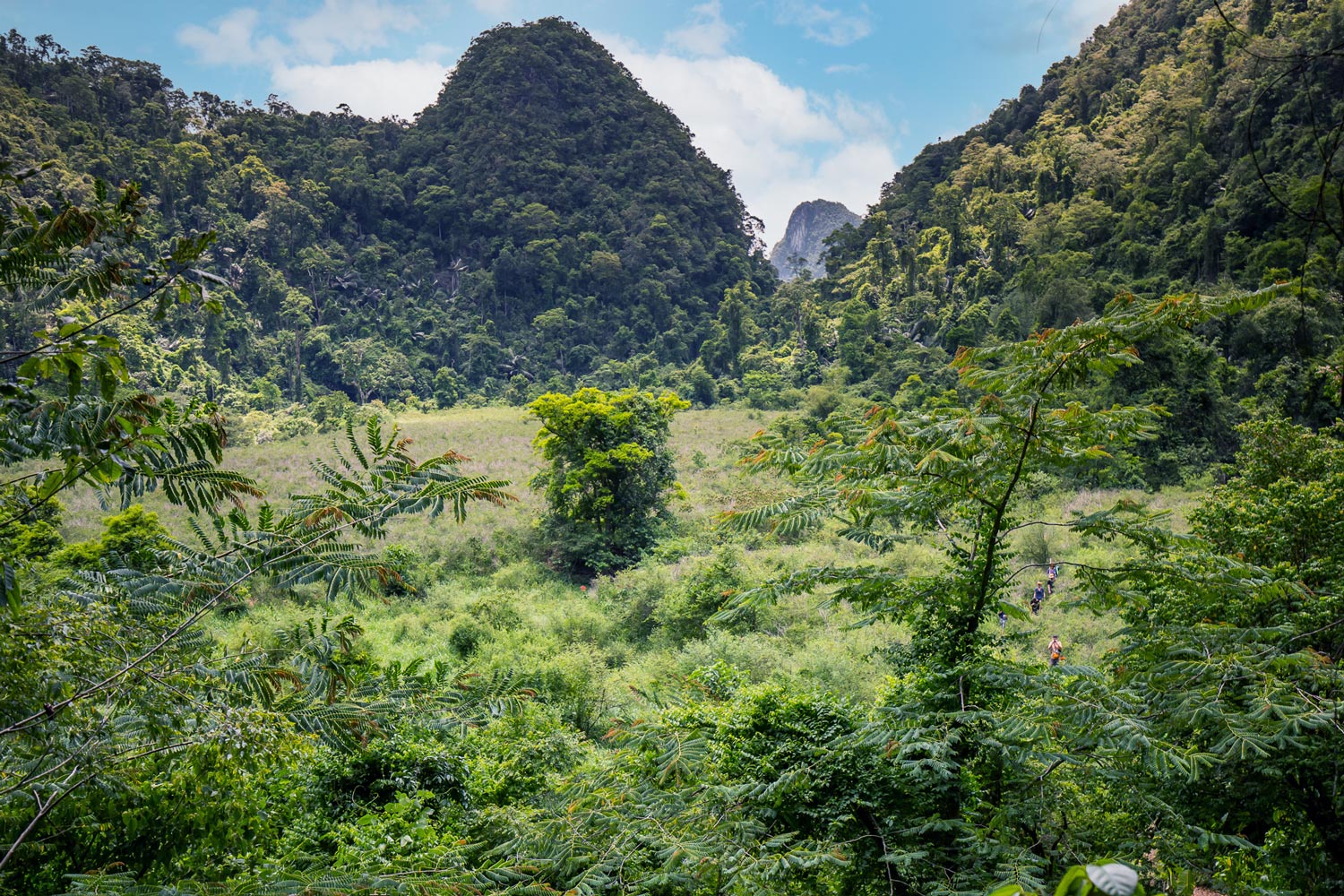
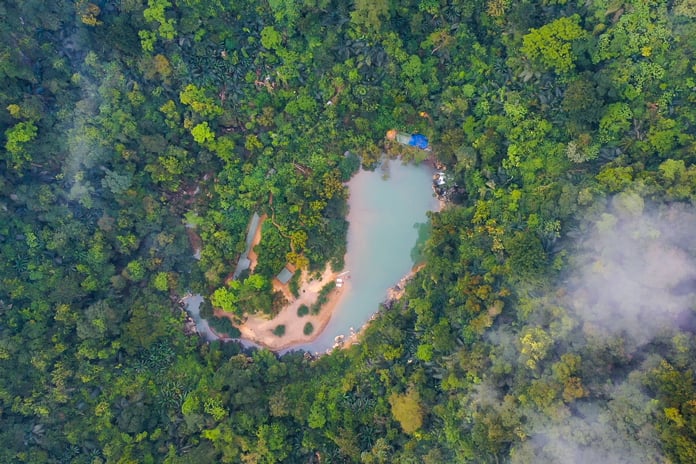
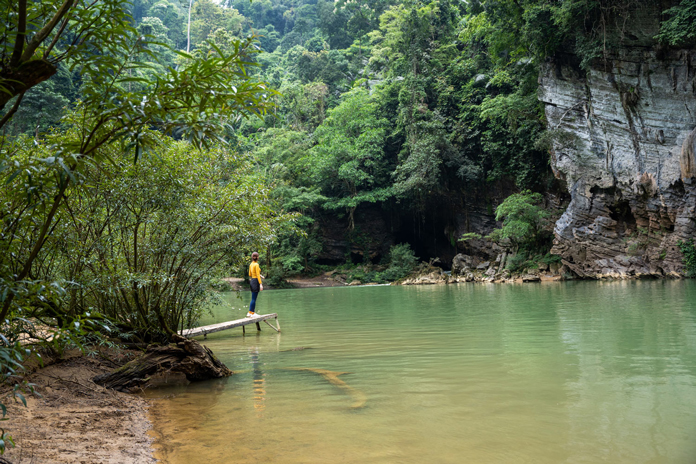
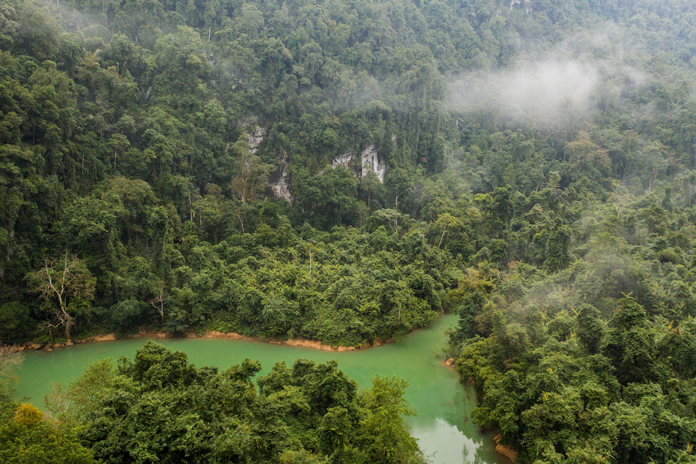
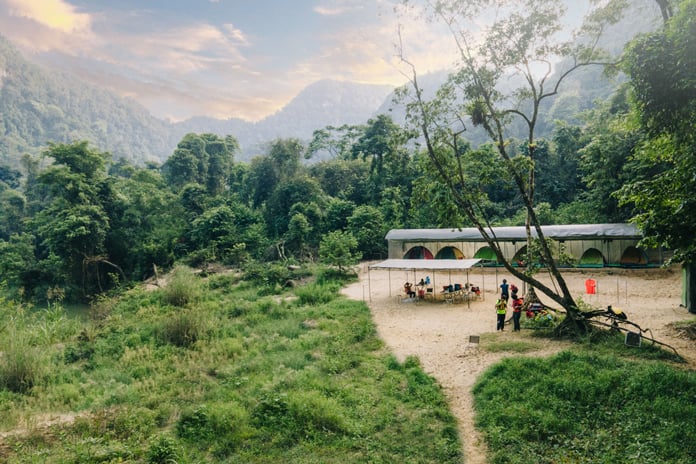
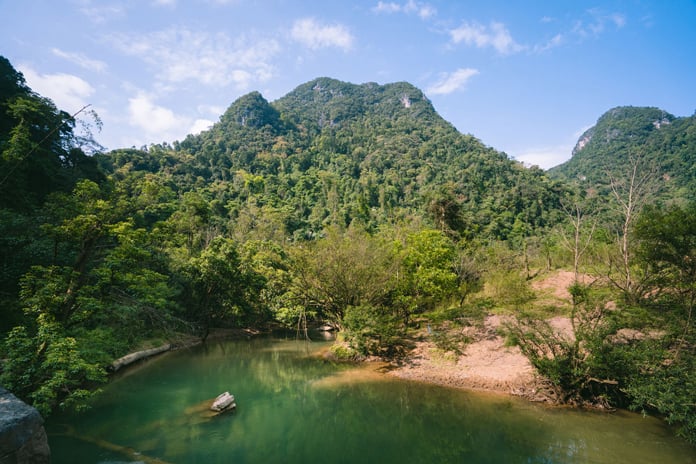
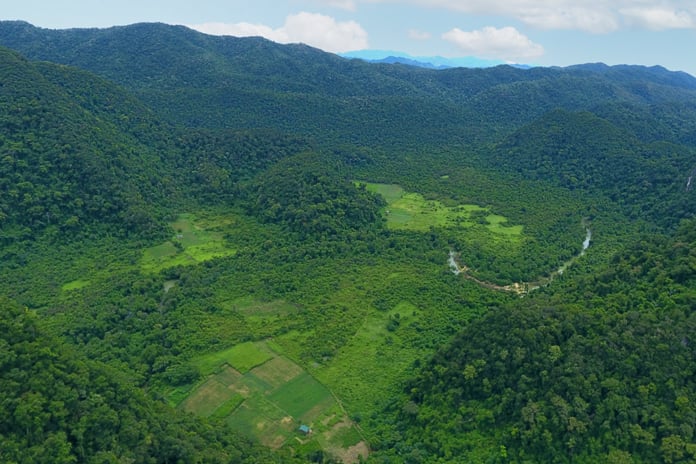
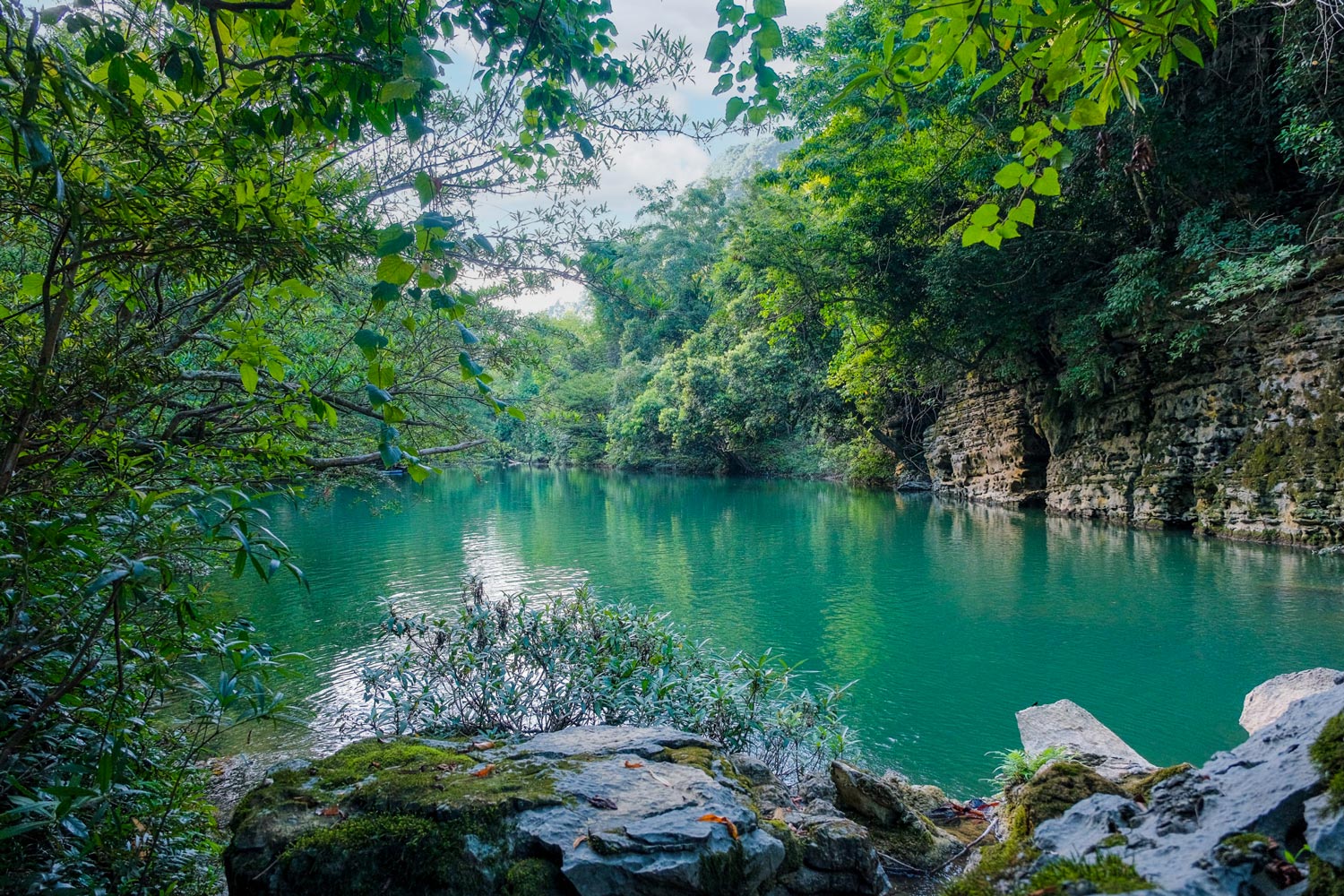
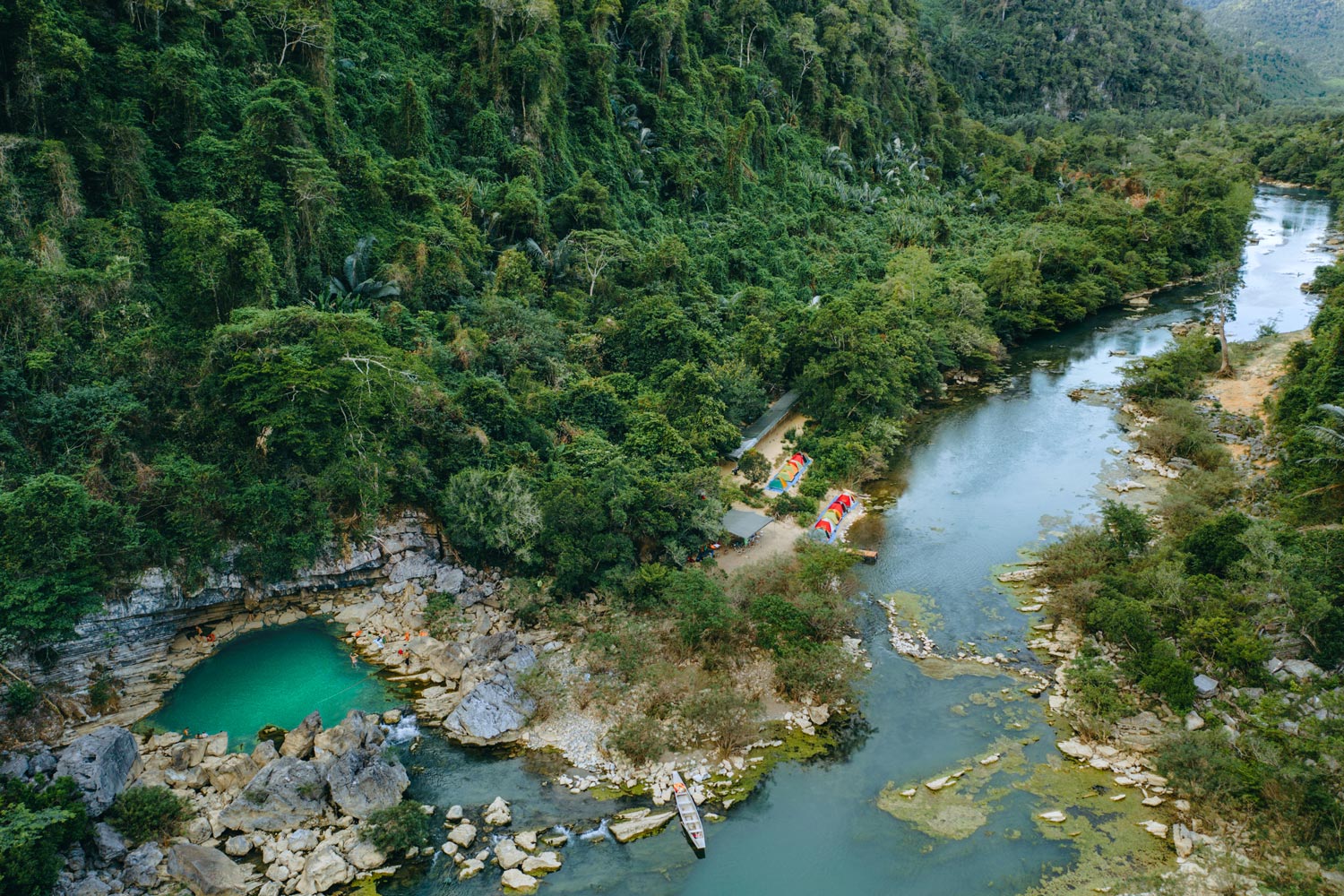
__637051765075307793.jpg)
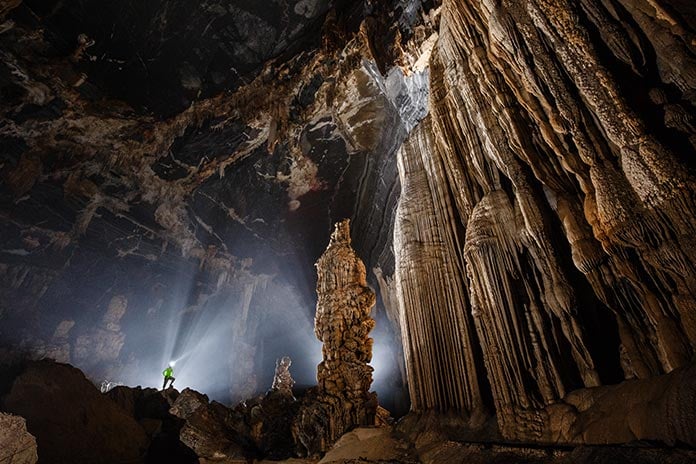
__637051782550081035.jpg)
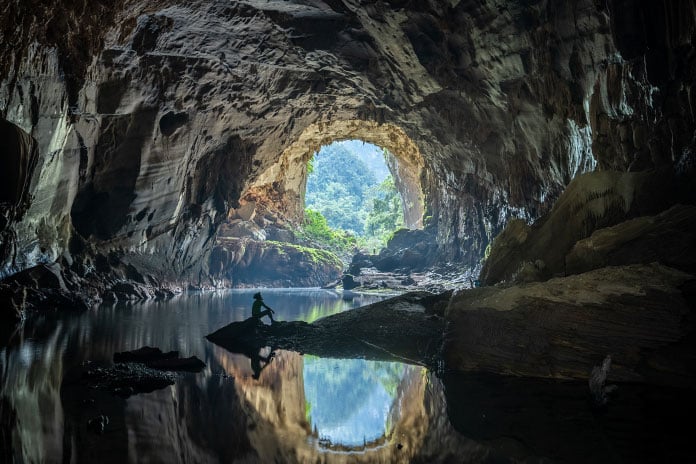
__637051777074859032.jpg)
__637051780703588520.jpg)
__637051781488596056.jpg)
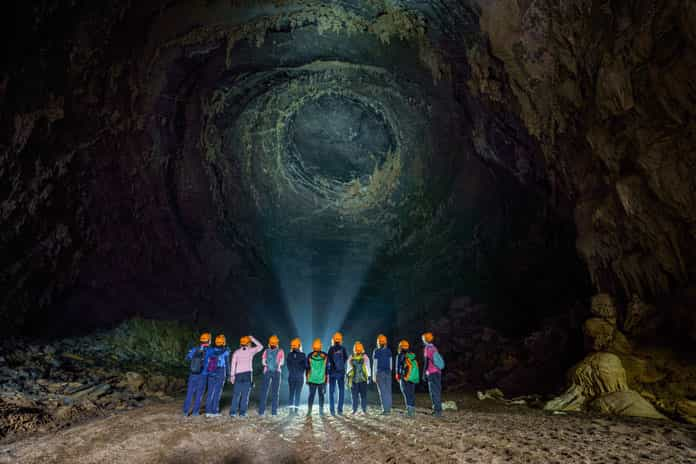
__637051767008903435.jpg)
__637051774329206026.jpg)
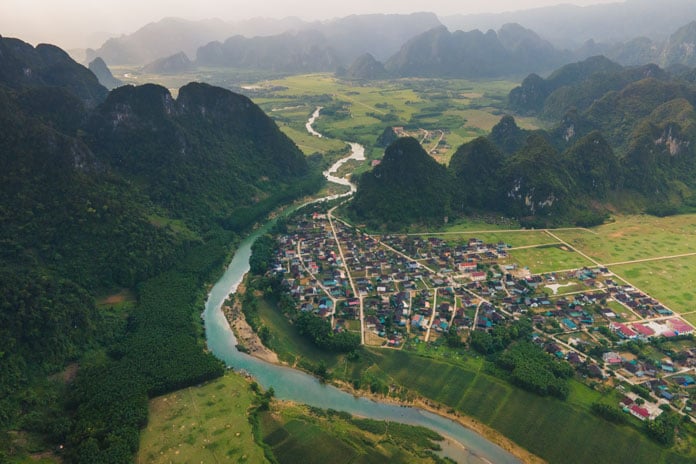
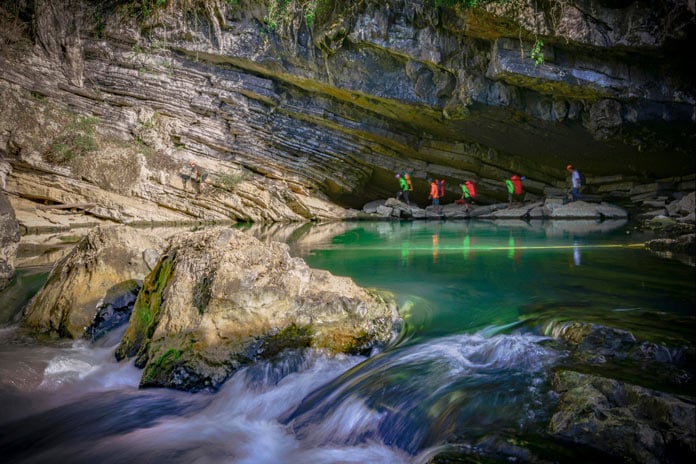
__637740499994967442.jpg)
